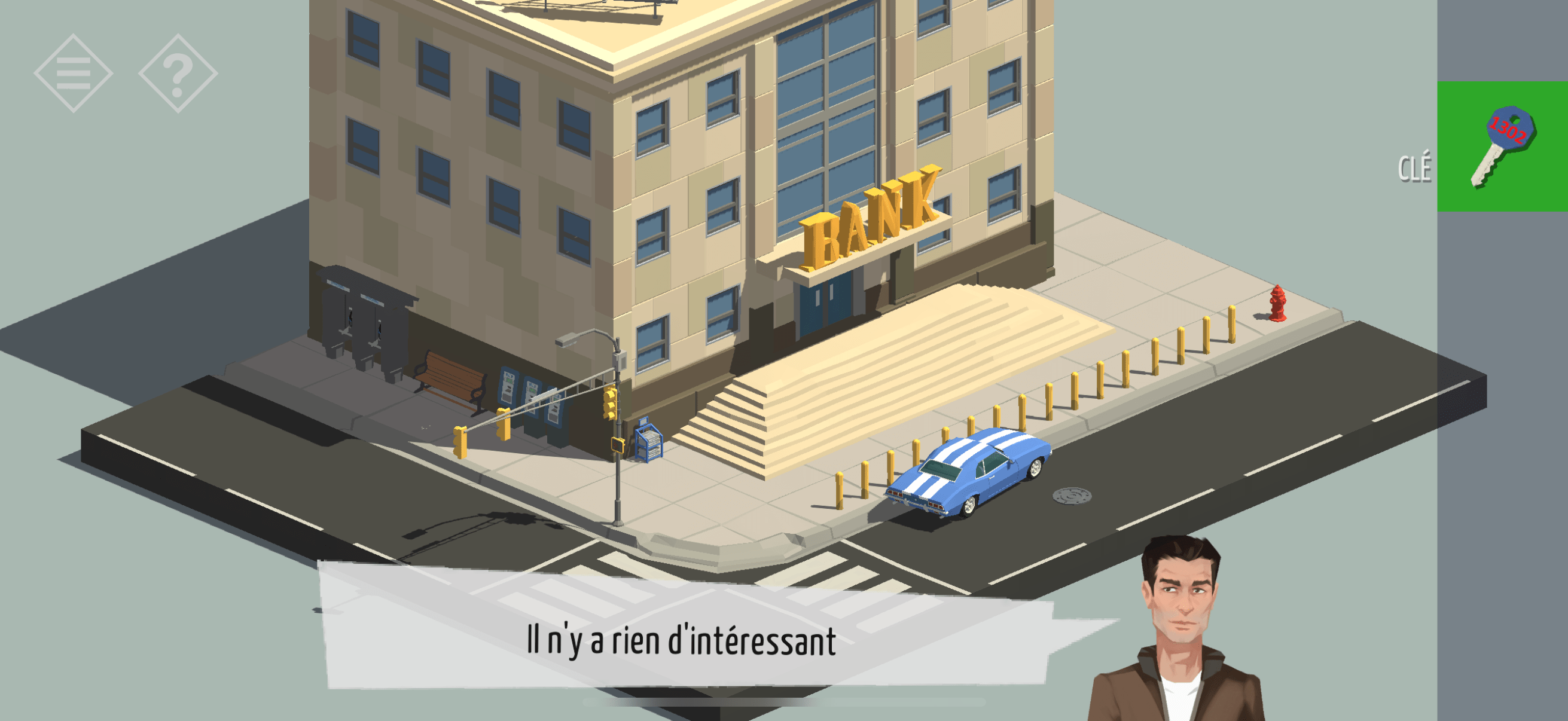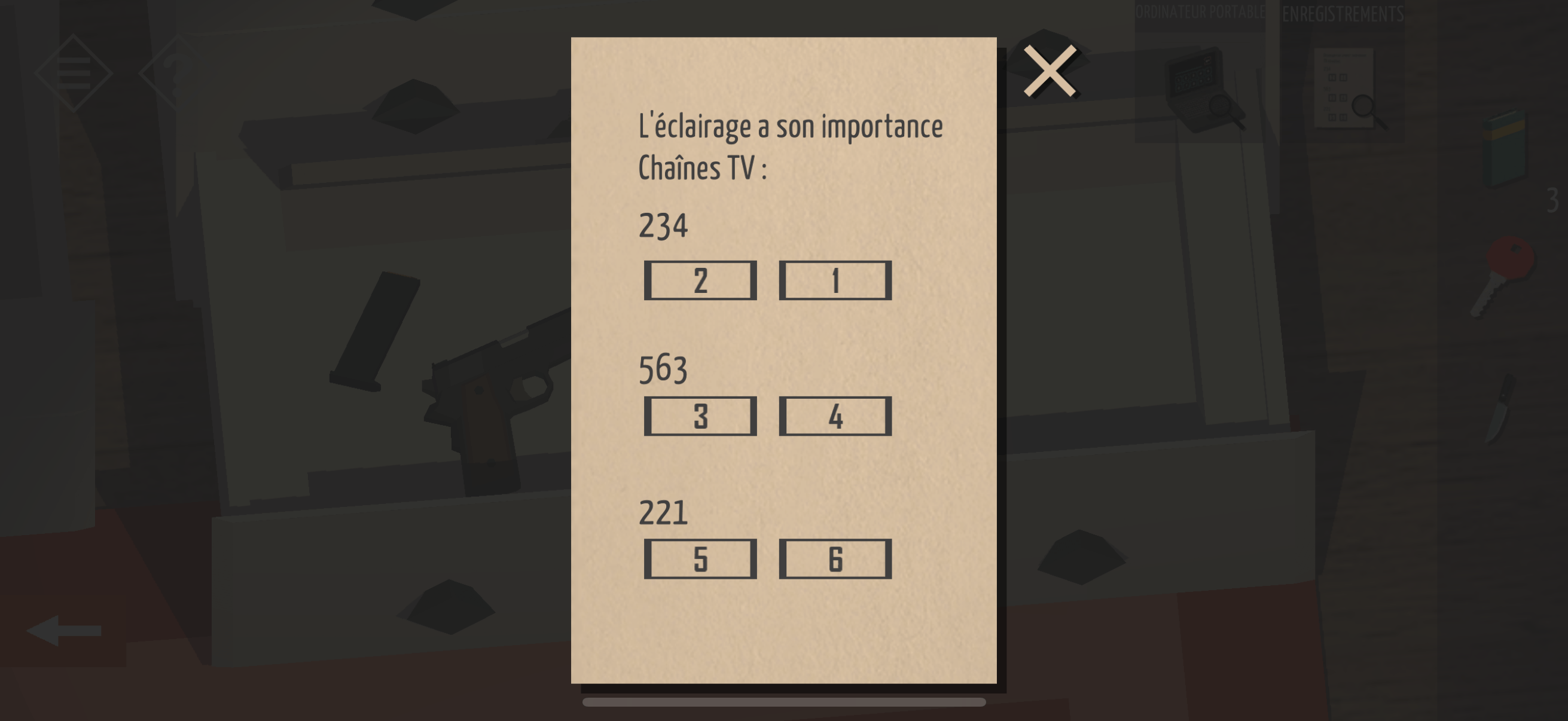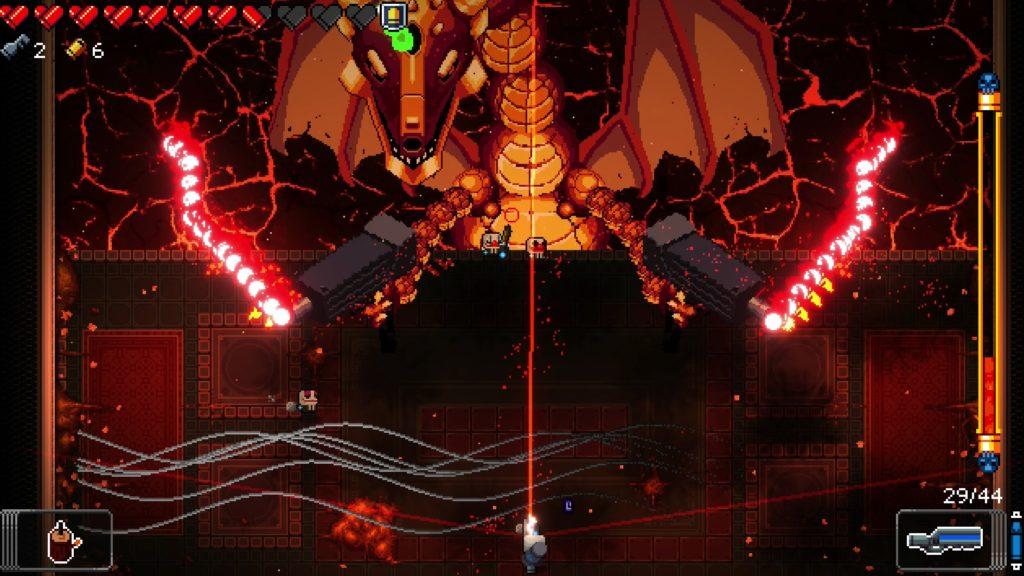For this critical play I played the mobile game Tiny Room Stories Town Mystery by Kiary Games and Vasily Povalyaev whose target audience are players who enjoy any type of mystery and are above 8 years old. Narrative is woven into the mystery through its use of clues and swiping through rooms. The swiping mechanic refers to not being able to see the entire landscape of the room/place you are currently looking. This helps withhold information from the player and makes them act like a detective who has to thoroughly check through each room to discover clues and piece them together to solve the mystery and leave the town. As read about in the readong of “The Role of Architecture in Video Games”, this game is purposefully using concealment to add on to mystery. Instead of providing the player with places to hide, instead it conceals its own architecture/landscape to make the game more puzzle-like as the player swipes through the landscape and tries to figure out where different places can lead them. You can see this in the images below where you can only see part of the room and you have to move the landscape to see both sides of the bank.



On the other hand, you also see the use of clues to guide gameplay. Clues help keep the player confused and asking themself “where am I supposed to use this? or “how is this useful to me?” The game also encourages players who enjoy exploration (the types of players that like to look around their landscape as mentioned in class). The more a player explores the environment, the more clues they can find and the more driven a player is to continue exploring and trying to solve the mystery. I played this game for almost two hours and felt so accomplished when I was able to figure out how to use a clue and finally beat the level. This sense of achievement helps keep the player motivated and coming back for more. I show some of the clues I found below. These are cryptic and don’t say much which kept me wondering what was going on and why I needed it. This aggravated the sense of mystery in the game and kept me hooked. The game also does not really give away any information when you first start a level, so you really are in the dark when you first start playing the game.


I did not really see any accessibility features in this game. Actually, the game was so dark that it was really hard for me to even see anything. I think this causes accessibility issues itself. By trying to keep the game more mysterious and making things hard to find/see, you are making it less accessible to general populations. The real question is how we can keep the element of mystery present in a game while keeping it accessible to others. Are there ways that we can still propagate this sense of mystery without keeping players in the dark? I think this would be something interesting to explore as my team progresses into their next game. Our first game had a mystery component but did not really lean into it a lot. I wonder if we can achieve this balance with our next game.



